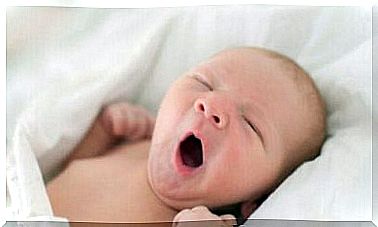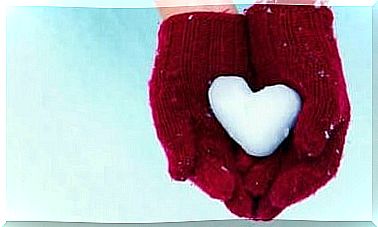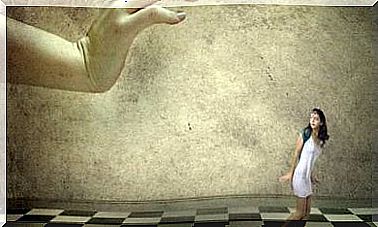The Function Of Family Myths In Everyday Life
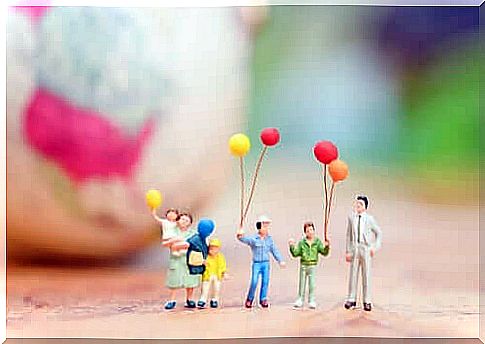
Family myths are fictitious beliefs and hopes shared by an entire family. These beliefs are related to the family and are part of the bond that binds the family together. The myths are believed to be true and govern both individual and collective group behaviors. The function of family myths is also to determine the roles of family members.
The most common type of family myths are conscious ones. In other words, they are on the border between the conscious and the subconscious. While the family acknowledges that they have certain beliefs, it is not clear to what extent these beliefs arise or why these beliefs are considered true.
Although family myths are defined as fictional, the truth is that there are often painful or unbearable truths behind these beliefs. Generally, the clues to these myths are found in secret or implicit rules that each family group implements.
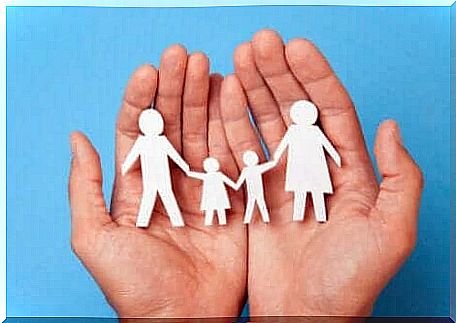
The function of family myths
A characteristic of family myths is that they take shape mainly when it comes to assigning roles in the family. These beliefs define who is the “black sheep” or the “role model” and so on. There is often a strong resistance to change in these roles. It can even become a taboo subject.
Other characteristics of these myths are the following:
- They shape family relationships.
- They represent the image that the family has of itself.
- Every attempt to change them leads to strong resistance.
- They play the role of covering up a reality that the family refuses to accept.
- Like all myths, there is a foundation of truth.
- They are passed down from generation to generation.
- All families have some myths to a greater or lesser extent.
- They represent how the family relates to culture.
These myths basically consist of three types: harmony, excuse and penance, as well as salvation. Let’s take a closer look at them.
Family myths about harmony
Harmony myths come from families that build an idyllic image of themselves. They develop a whole range of behaviors to convince themselves that there is a balance, a unity and a strong bond between all their members. These myths aim to create the illusion that there are no problems within the family.
In general, this type of family creates this image in front of others. Behind the idyllic facade there are often atrocities, abuse, guilt or other shameful aspects that they want to cover up and hide with a tarpaulin of perfect harmony. This is to prevent transparency, investigation or assessment from others. But these families often experience depression and boredom, as well as strong, unresolved hostilities.
The function of family myths for excuse and penance
These myths are a bit more complex because they are about deeper issues. In this case, the responsibility for accidents or family problems falls on one or more people in the family. These people can be alive or dead. Sometimes someone who is outside the family, but closely related to it, can bear the burden of debt.
The most obvious example of this is the “scapegoat”. It is the person that others blame for what does not work well in the family or the problems that exist. This then relieves other family members of responsibility. Projection is a fundamental mechanism for these myths. In this case, it is collective projection.

Salvation myths
When there are family myths about salvation, family members construct the figure of the “mythical savior”. This is a character that everyone else expects intervention from, either in the face of a specific problem or general problems. In fact, other family members believe that this Savior has the ability to provide what the family needs or to find out what is not working.
The mythical savior can be one of the family members, but it can also be an external individual. It is very common for family groups to assign this role to a psychologist, for example when the family is in treatment.
The more pathological the family relationship, the more often these myths tend to be uttered as well as consolidated. However, this is the wrong path and they prevent you from solving the real problems that need to be addressed.





